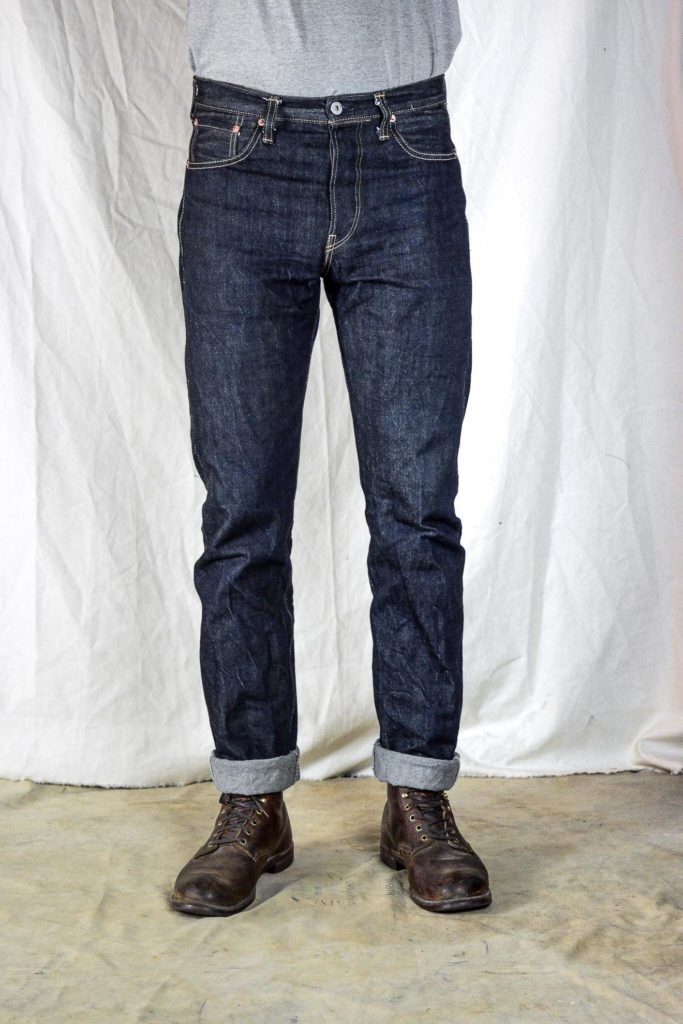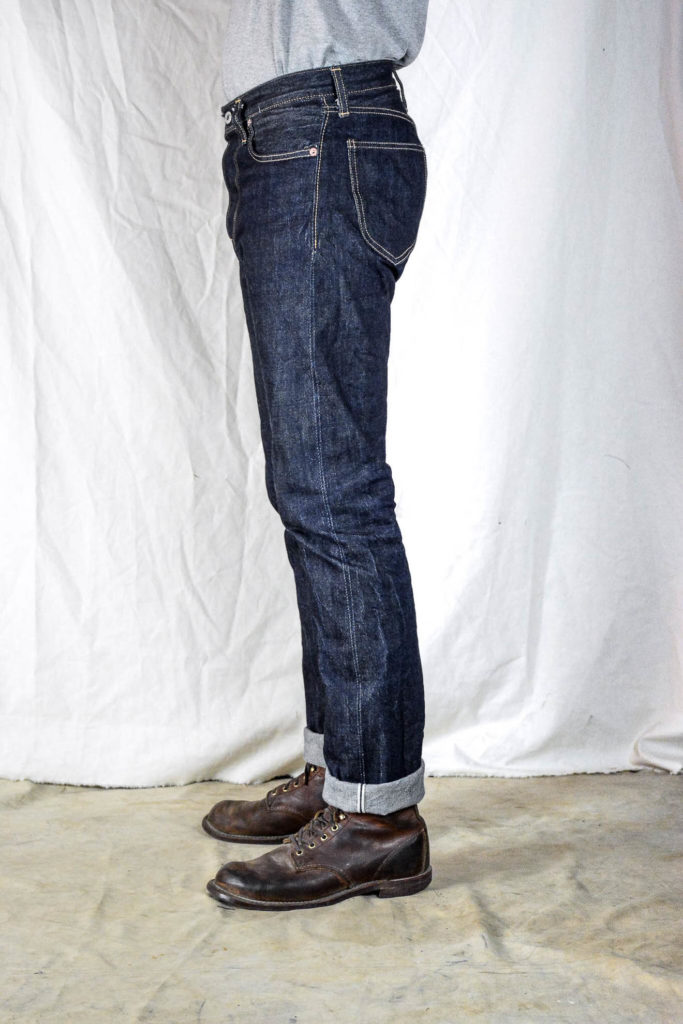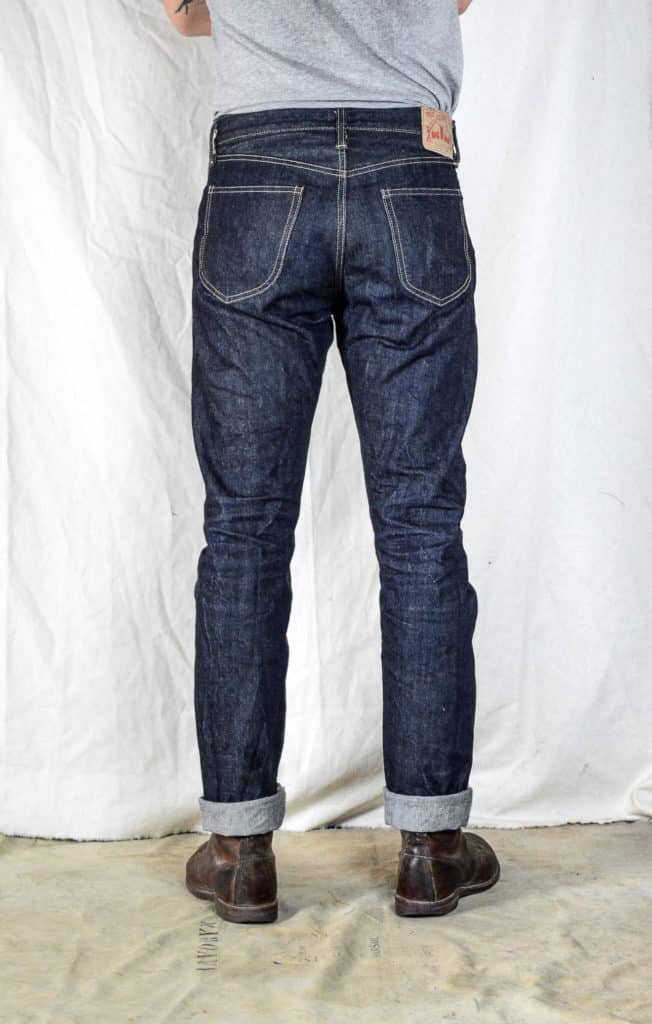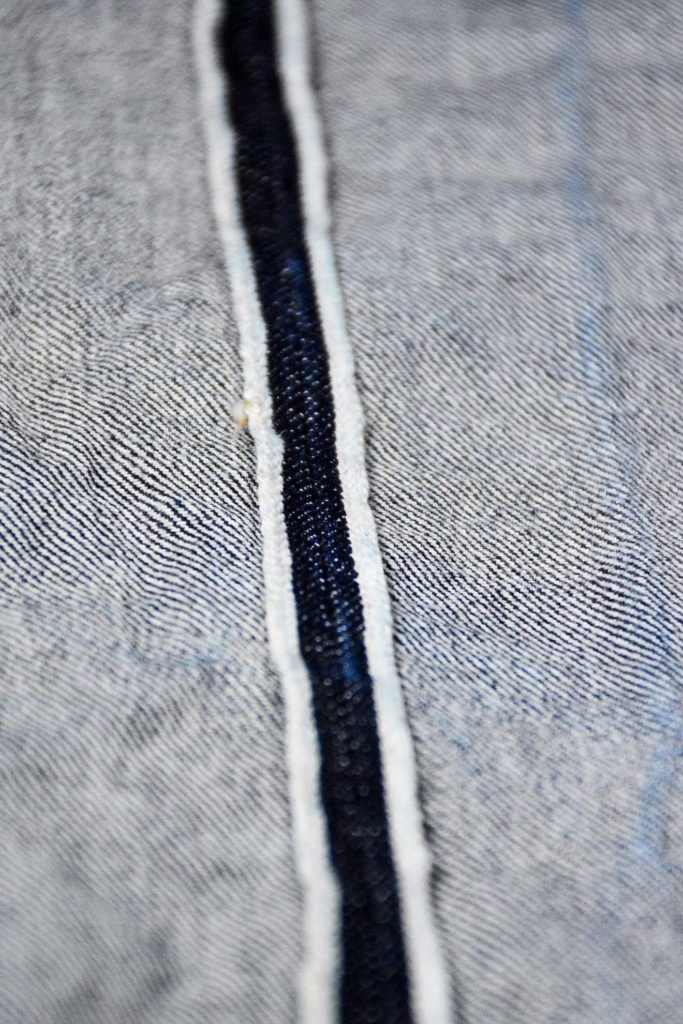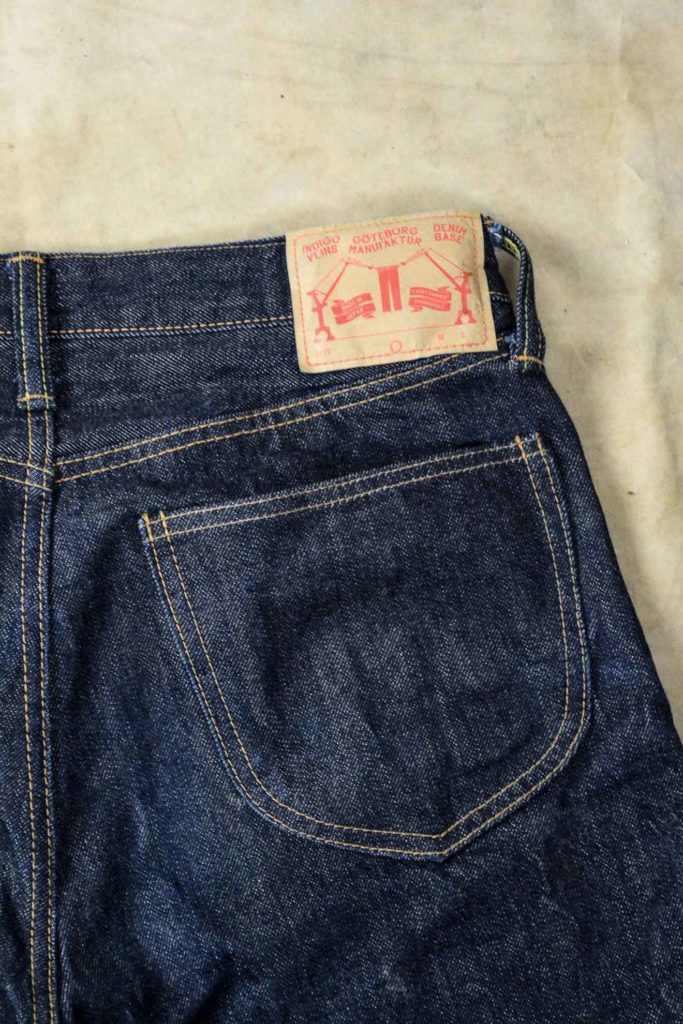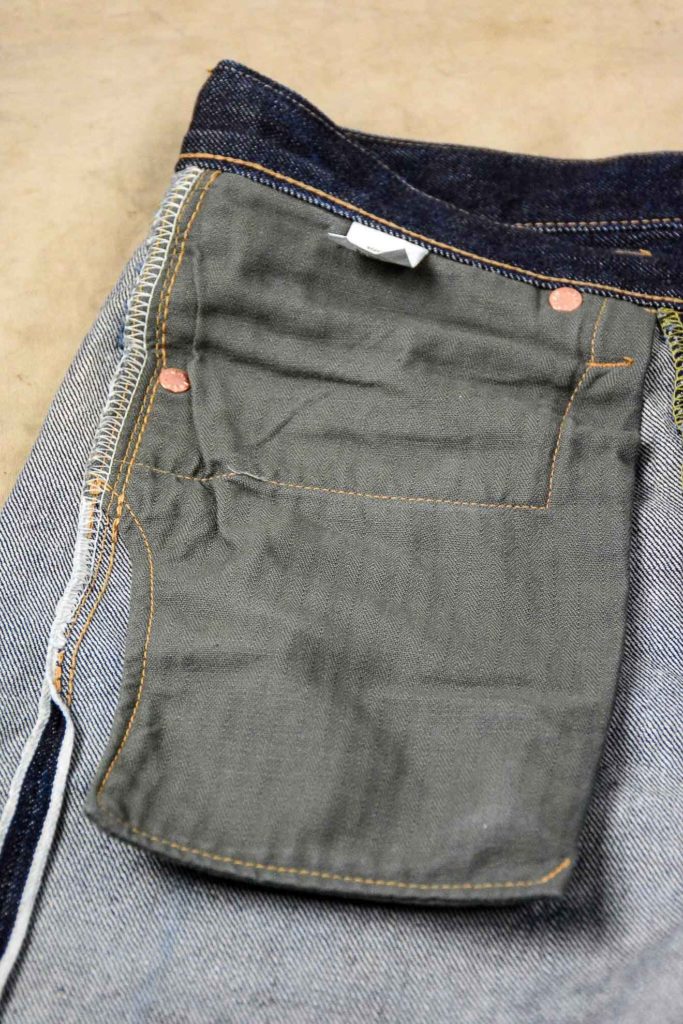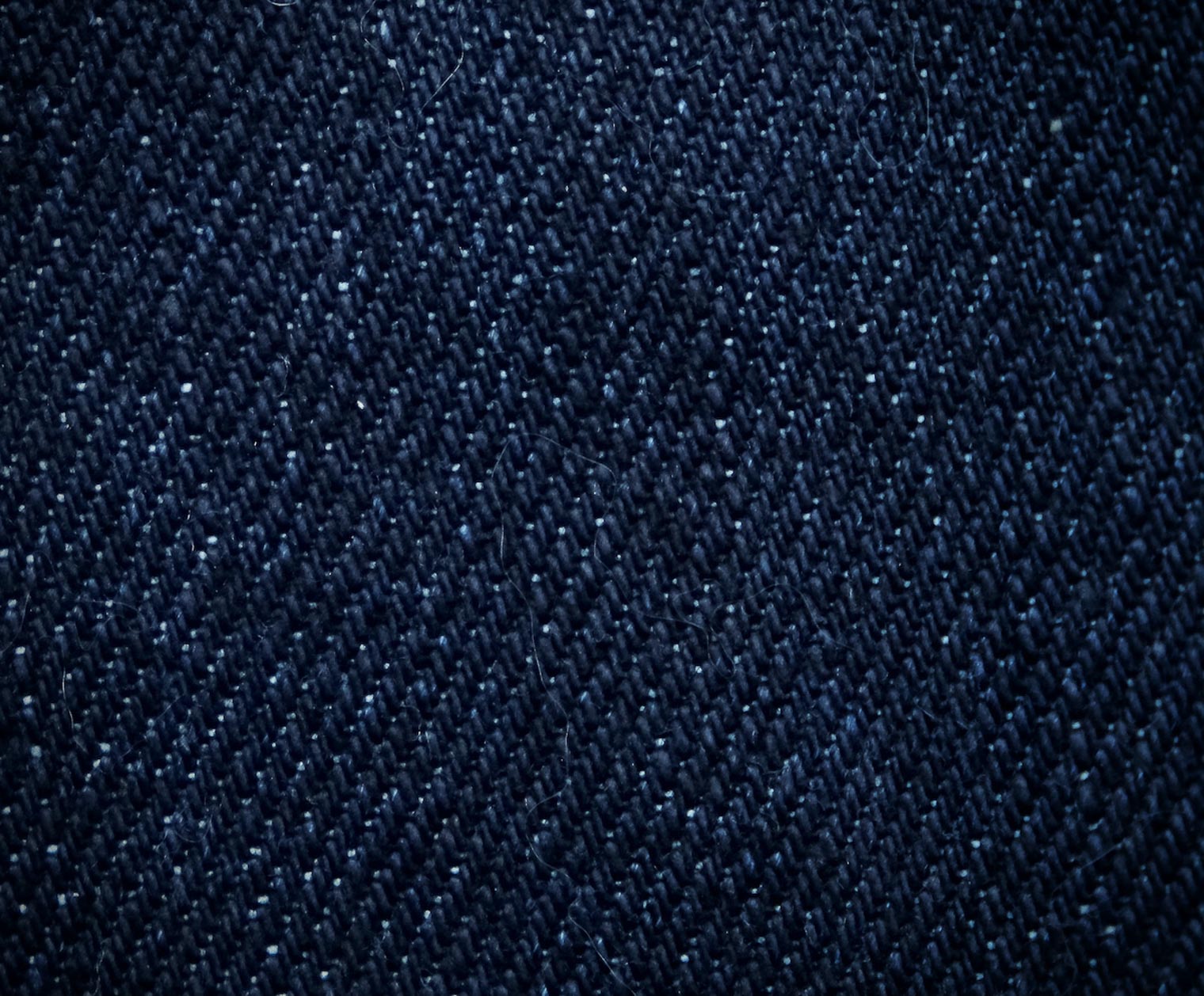A Review of the Indigo Veins x Göteborg Manufaktur x Denim-Base GBG001
Making your own jeans is probably a dream for many denimheads. For Swedish denim blogger Alexander aka Indigo Veins (who’s Blue Blooded Instagrammer #4), it’s a dream that’s now coming true.
In partnership with Jonas and Olof from the Gothenburg’s denim destination, Göteborg Manufaktur, Alexander is releasing a collaboration jean together with Japanese brand Denim-Base.
From Dream to Reality
It all started in 2017 when Alexander was visiting Tokyo. There he met Shingo Oosawa, founder of the small scale denim brand, Denimbridge. A few months later, they started planning the collaboration.
Denim-Base is a brand Shingo-san runs together with Kuniyoshi-san, mostly known for his own one man-brand Double Volante, and Kana-san who runs the denim brand El Canek.
So, what does it feel like to make your own jeans, I asked them via email?
It’s a very fulfilling and at the same time humbling experience. I think many denimheads can relate to the thrilling idea of making a pair of jeans just the way you like them.”
Alexander
“We’re very pleased with the result,” Jonas adds. “It’s a great feeling seeing how all the work with tiny details pays off in the end.”
“Having studied textile production, it’s a great feeling to work with small family businesses that have mastered their craft for generations,” says Olof.
Here are the key features of the jeans:
- 14 oz. denim with light pink selvedge ID (specially developed for Denimbridge)
- Special patch with the harbour cranes of Gothenburg
- Olive herringbone pocket fabric
- Iron buttons and copper rivets
- Dyed in Hiroshima by Sakamoto
- Woven in Okayama by Yamaashi mill
- Sewn in Okinawa by Kuniyoshi-san of Double Volante himself
Let’s take a closer look at the denim and the details.
The Exclusively Developed Denim
The unsanforized 14 oz. denim was recently developed by Shingo-san exclusively for his company. It has a real vintage vibe to it, they write, and is quite similar to the good times of Cone.
The yarn is spun from blended American cotton and dyed in Hiroshima. It’s woven in Okayama by the Yamaashi mill on a Toyoda shuttle loom.
The tightly woven fabric looks a little flat at first, but Alexander says it crocks like crazy once washed giving it more texture as the warp yarns pop.
The yarn is twisted to the limit, which makes the denim stiffer after washing. This in turns makes creases sharper and makes the train tracks from the selvedge lines appear more sharply.
Another geeky detail is the very light pink selvedge ID. It’s not located in the same place on both ends; on one end, it’s in the centre and on the other one it’s dead close to the indigo yarn, something that in rare cases was found on vintage jeans.
The Design and Details
The 1960s has been a key source of inspiration for the design of the jeans. It’s a smart fit with a mid-high waist, enough room in the thighs but with a taper, giving the jeans a slim look.
“We love vintage details but we never set out to make a 100% reproduction,” Alexander explains. “We’ve taken the details we love and thought could work well together in order to make a modern pair of jeans that still has the essence of times past.”
Vintage Levi’s from the 1940s and the Lee 101B were key sources of inspiration.
“This is where we’ve taken inspiration for iron buttons and both the denim and pocket fabrics,” Alexander elaborates. “And Lee’s classic spade back pockets, of course. But Ooe Yofukuten has also been an inspiration for the cut. I don’t think anyone does a 60’s cut as well as they do.”
Also drawing on details from 40s jeans, the pocket bags are made from olive herringbone fabric. Classic 1960s details include the lack of hidden rivets and a paper patch brand patch.
Suggested further reading: The Branded Defining Features of Jeans
Looking Back … and Ahead
Good things take time and the jeans have been in the works for a year and a half. It’s taken many turns to get all the details into place; from thread colours to hardware and fit, designing the special patch and choosing the fabric.
It’s been a ride,” Alexander writes! “Pretty much 18 months of back and forth with ideas, concepts, working out the cut, details and so on. Working with great craftsmen made the process much easier.”
But why not make the jeans in Sweden?
“The main reason is the level of craftsmanship; it’s not up to the level we wanted,” Alexander reasons. “Secondly, this was a great way for us to work with people in the business that we like and respect.”
Finally, I asked Alexander if they’re planning to make more products together?
“Currently, there’s nothing else in the pipeline but time will tell, there are many garments that we would like to make.”
The jeans are available for pre-order via Göteborg Manufaktur.
On the Hunt For Raw Selvedge Jeans?
Launched in 2011 by Thomas Stege Bojer as one of the first denim blogs, Denimhunters has become a trusted source of denim knowledge and buying guidance for readers around the world.
Share

